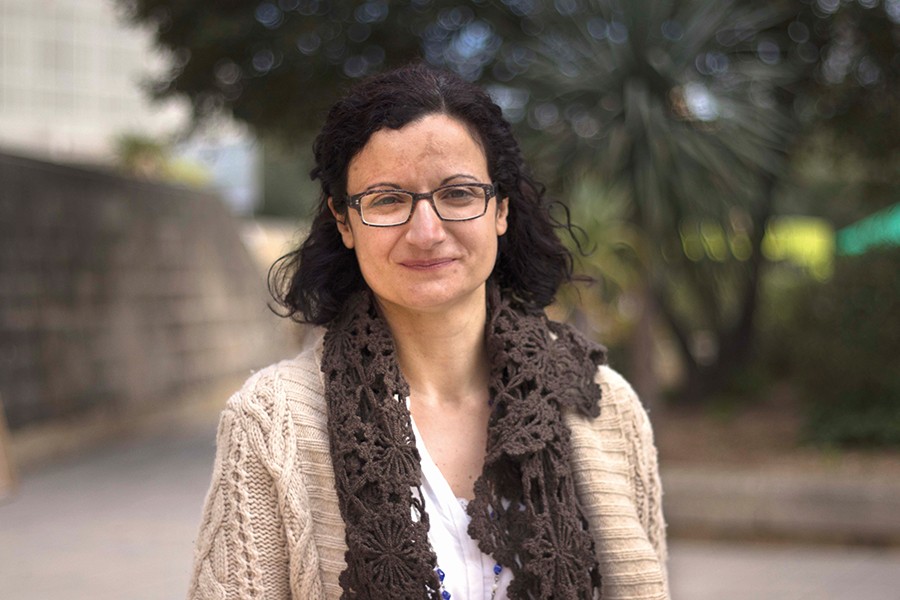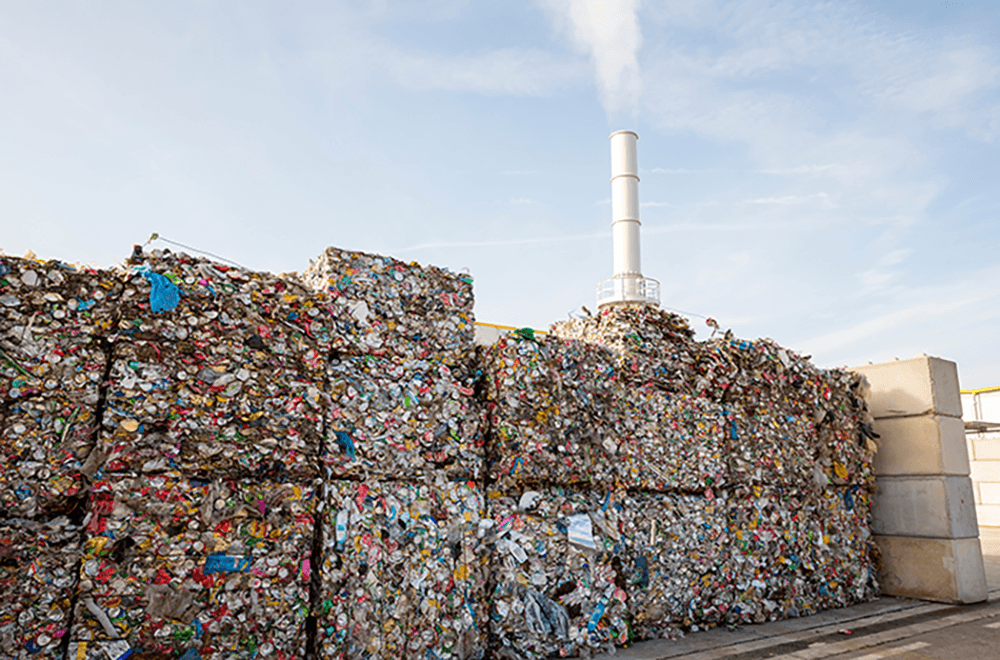When people think about the impact waste has on our environment, they usually think about toxic materials in landfills, the land they take up, and the animals harmed by irresponsible waste disposal. But there is more. Our garbage also contributes to greenhouse gases (GHG) in the atmosphere.
Greenhouse gases from waste generation tend to be carbon-based. Direct emissions include both the methane released from organic material deposited in landfills and carbon dioxide emissions from transport, incineration, and recycling plants. Other potential sources are the combustion of fossil-derived carbon in incineration systems and the release of nitrous oxide during nitrification in compost piles (an important step in the nitrogen cycle where bacteria in soil oxidise ammonia and form nitrates and nitrites). A possible solution can be found in resource recovery and using the waste we produce as a secondary material, even to replace virgin materials or fuels. The bottom line: as a country, we need to develop a more circular economy.
Landfills are major contributors to GHG emissions. Landfill gas, which is 50% methane, is produced when biogenic carbon (emissions that originate from biological sources like plants, trees and soil) is deposited in landfills. Every tonne of methane released into the atmosphere absorbs 28 times as much heat energy as carbon dioxide does. Within the EU, this problem is tackled through the Landfill Directive (Directive 99/31/EC) which requires that all waste be treated in Mechanical Biological Treatment Plants before landfilling. These plants serve to both reduce volume and stabilise waste, ultimately reducing GHG emissions. Another end-of-pipe technology is the collection of gases released from landfills.

Climate change policies rarely consider waste. We associate waste generation with material loss, but carbon and material efficiency go hand-in-hand. The best example can be drawn from food waste which contributes to 3.49 G tonnes of GHG emissions, according to estimates by the Food and Agriculture Organisation (FAO). This figure includes a full lifecycle analysis of each commodity.
FAO made a shocking discovery when comparing projected food waste figures to countries’ total GHG emissions. The results showed that if ‘Food Waste’ were a country, it would rank as the world’s third biggest emitter after the USA and China. Emissions from food waste amounted to more than double the total levels of GHG emissions from road transportation in the whole of the USA in 2010 (1.5 G tonnes).
There is no doubt that the world needs a holistic approach to waste management; one that leaves a positive impact on GHG emissions from all sectors of the economy including hospitality, construction, manufacturing, and services. More proactive approaches, such as that being adopted through packages like COM (2014) 398 ‘Towards a Circular Economy: A Zero Waste Programme for Europe’, should be lauded.
Technological, material and product innovation is admirable, but we need to make more effort to pair this with an awareness of the connection between waste and GHG. This will have a ripple effect, influencing raw material resource management, the promotion of waste reduction at source, and recycling. Put simply, material efficiency and the closing of loops is an automatic contribution to carbon efficiency—waste not, want not.
Author: Margaret Camilleri-Fenech





Comments are closed for this article!